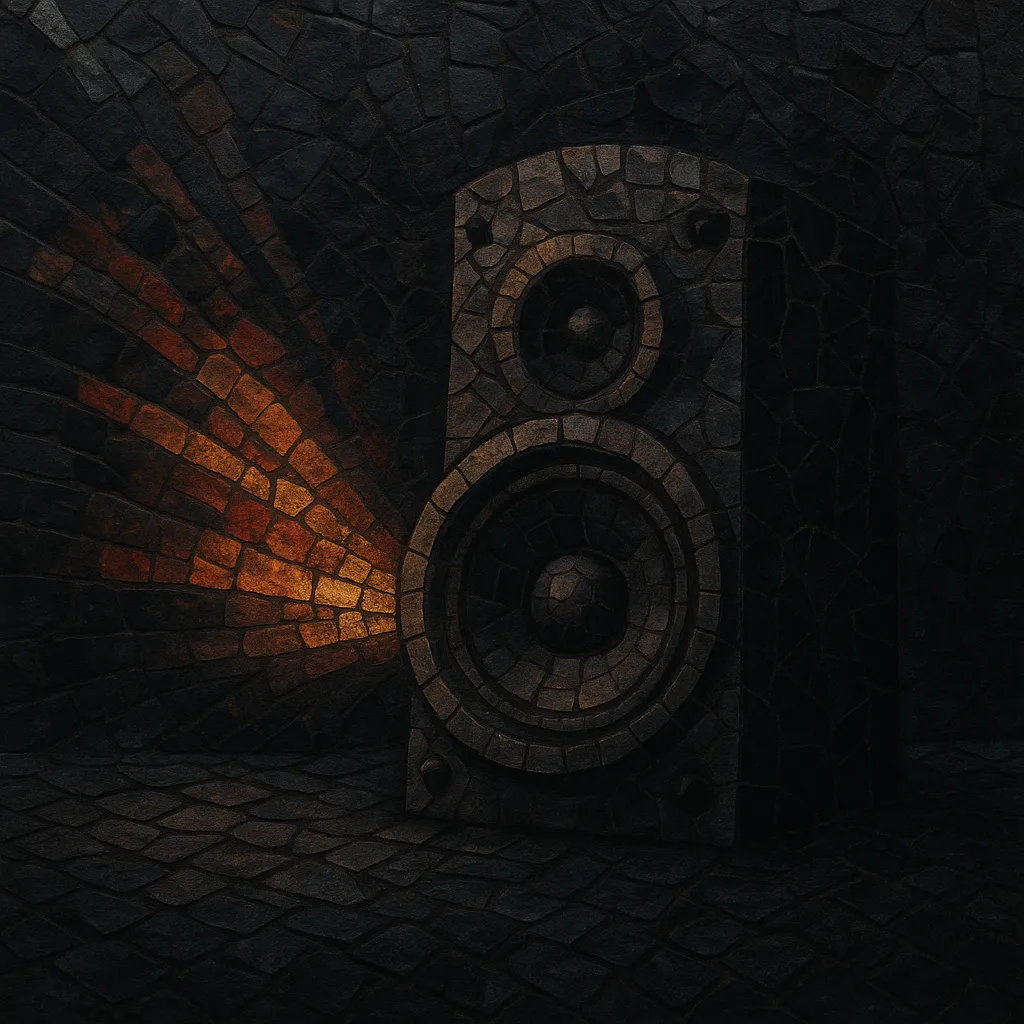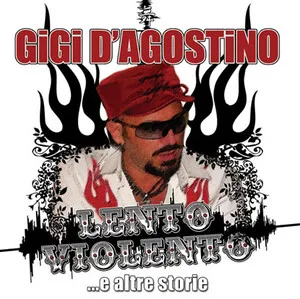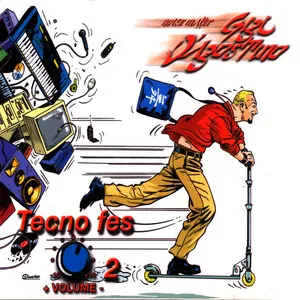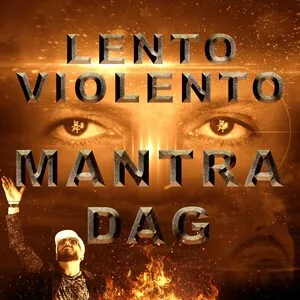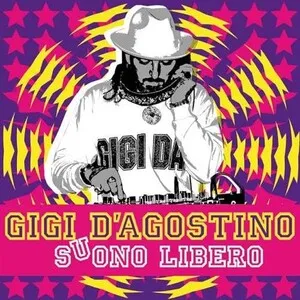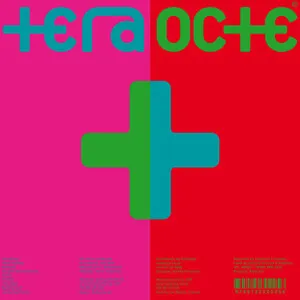Your digging level
Description
Lento violento is an Italian hard-dance offshoot pioneered by Gigi D’Agostino that slows club music down to a heavy, swaggering pulse while keeping a deliberately forceful impact. Tempos typically sit between roughly 70 and 110 BPM (often in the 80–100 range), with pounding, overdriven kicks, weighty sub‑bass, and minimal but catchy synth riffs.
The aesthetic blends the melodic DNA of Italodance and trance with the percussive punch of hardstyle and techno, then strips arrangements down to stark, looping motifs. The result is both hypnotic and aggressive: a dark, stomping, “slow yet violent” groove that foregrounds negative space, detuned leads, and clipped vocal phrases or spoken fragments.
History
Lento violento emerged in Italy in the early–mid 2000s as Gigi D’Agostino began experimenting with dramatically slower tempos and heavier, crunchier drums than those typical of Italodance. Releases and DJ sets under his name and aliases (such as Lento Violento Man and Dottor Dag) laid out the template: minimalist melodies, down‑pitched or distorted hard kicks, and looping hooks that hit with a half‑time feel.
Through club sets, radio mixes (notably on Italian dance radio), and compilations bearing the “lento violento” banner, the sound coalesced into a recognizable micro‑scene. Collaborators like Luca Noise and DJ Maxwell helped refine the palette—keeping trance‑style hooks but anchoring them to a slower, pounding chassis. Tracks often reinterpreted familiar dance or pop motifs in the new, heavy slow‑tempo framework.
The style maintained a cult following, particularly among Italian dance audiences, and periodically resurfaced via new releases, edits, and live sets. While it remained a niche compared to mainstream EDM, lento violento’s sonic signatures—slow, muscular kicks; sparse, looping riffs; and a moody, industrial gloss—became a recognizable reference point in certain European club circles and among fans of Gigi D’Agostino’s broader catalog.

